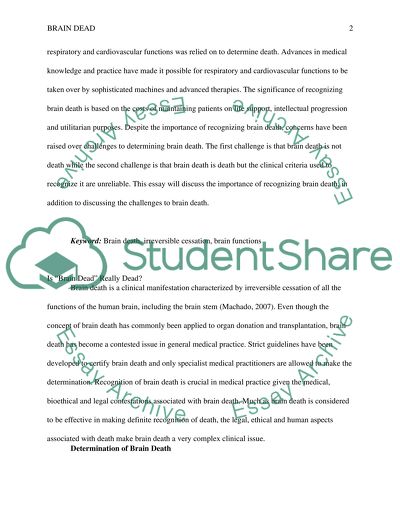Cite this document
(“Is brain dead really dead Research Paper Example | Topics and Well Written Essays - 1500 words”, n.d.)
Retrieved from https://studentshare.org/nursing/1630042-is-brain-dead-really-dead
Retrieved from https://studentshare.org/nursing/1630042-is-brain-dead-really-dead
(Is Brain Dead Really Dead Research Paper Example | Topics and Well Written Essays - 1500 Words)
https://studentshare.org/nursing/1630042-is-brain-dead-really-dead.
https://studentshare.org/nursing/1630042-is-brain-dead-really-dead.
“Is Brain Dead Really Dead Research Paper Example | Topics and Well Written Essays - 1500 Words”, n.d. https://studentshare.org/nursing/1630042-is-brain-dead-really-dead.


